Affiliate links on Android Authority may earn us a commission. Learn more.
The history of the iPhone: A look at Apple's smartphone evolution
September 1, 2022
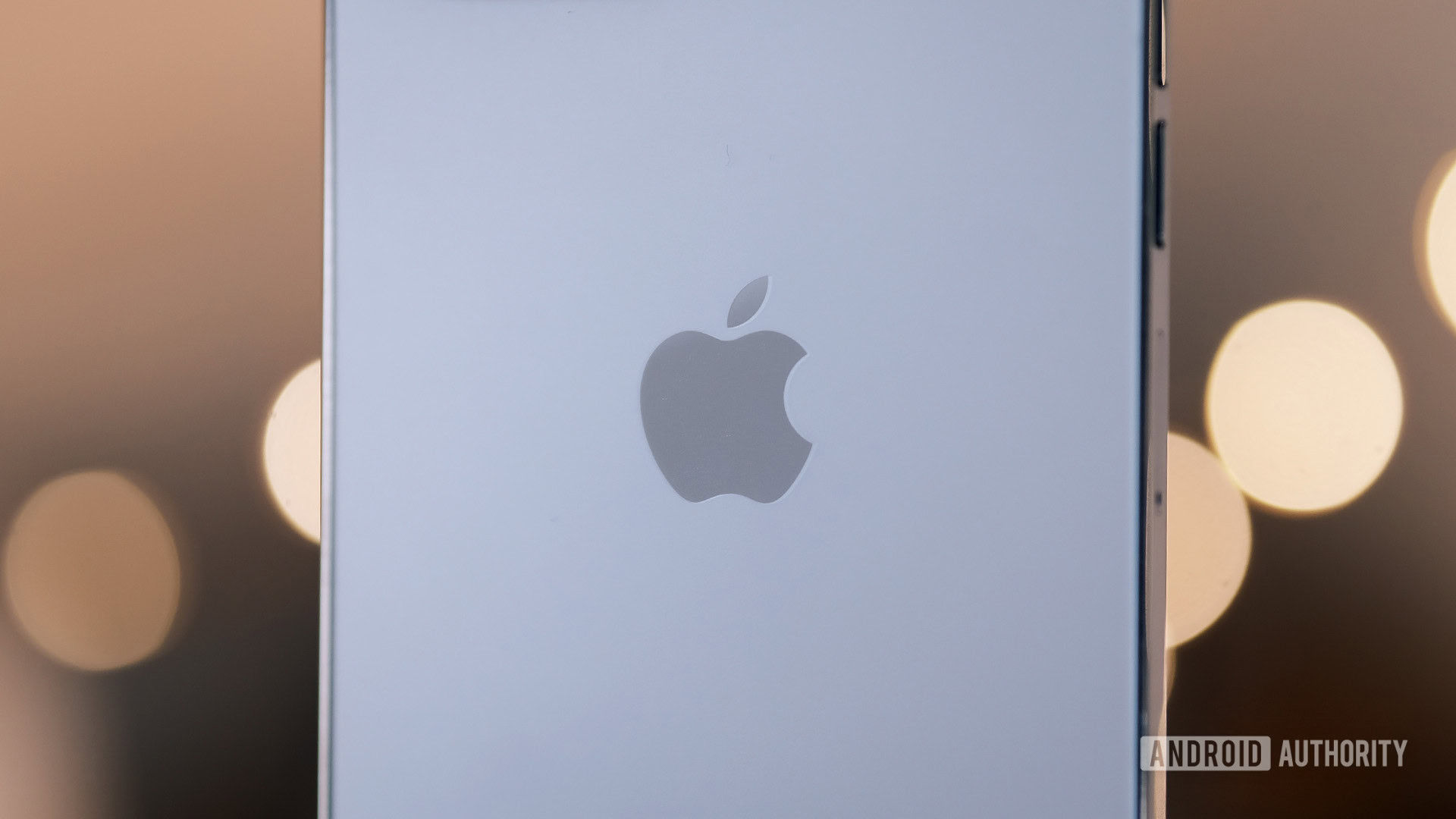
Sometimes it feels like iPhones have been around forever, but the truth is the first iPhone was released in 2007. That’s only 15 years ago. Since then, Apple has been working hard to improve and polish its smartphone experience. It’s always good to appreciate the products we love and their excellent features, so here’s a dive into the history of the iPhone, its evolution, and the changes the line-up has gone through since its inception.
Life before the iPhone

Those of us that lived through the early days of mobile remember a time when phones were much more basic than today. Most devices made calls and sent text messages, but couldn’t do much more. Some phones had a few extras like Snake, a calculator, or a calendar. The fancy ones maybe had phones with radio access, or even the ability to play MP3 songs. Things started changing during the turn of the century, though.
The first BlackBerry came to be in 1999. Similarly, T-Mobile’s first Sidekick phone was launched in 2002. Microsoft entered the picture in 2003 with Windows Mobile 2003 for Pocket PC Phone Edition (long name, right?). Palm, Nokia, Samsung, and Motorola also tried to put together their smartphones.
These phones could make calls and texts, too, but they started to venture into the world of the almighty internet. Suddenly, you could send emails, instant messages, manage calendars, and even navigate the internet through a basic browser. Some of these phones even came with cameras! Something was brewing in the industry, and we didn’t know exactly how it would all evolve.
Touchscreens weren’t really a thing then. Though the odd device had it, it wasn’t nearly as functional as what the iPhone brought to the table. Most touchscreens in the past were resistive, which required pressure instead of reacting to an electrical conductor (such as your finger). These were more so made to work with styluses. Steve Jobs saw this early on and believed that phones would eventually replace things like cameras, MP3 players, PDAs, etc. He started believing that phones with a touchscreen and internet access were the future, so the idea behind the iPhone sparked.
The iPhone’s capacitive screen had no need for accessories. All you had to do was tap and swipe more naturally. It also allowed for natural finger scrolling and pinch-to-zoom.

It seems the beginnings of the iPhone were a bit rocky, though. Tony Fadell once told Venture Beat the first iPhone concept was actually an iPod with a phone module. It’s said Steve Jobs was first focused on making a great phone that could fit comfortably in the palm of your hand. He wanted it to be great at making calls, and believed most smartphones at the time focused too much on intelligent functions and made it too hard to make a simple call. This is true, as most of these had physical keyboards. For example, making a call on a Blackberry required going around crowded keys and using function buttons just to type in numbers.
It was a flop, of course. Steve Jobs killed the project and started from scratch. Jobs assembled a small team of experts to begin working on what would later become the iPhone. They called it “Project Purple,” and the team practically lived at the company’s headquarters. This team was playing with multiple new technologies. There were talks of a touch-enabled Mac, and they were messing with a multi-touch ping pong table, which Steve wanted to put “in an iPod.” At the same time, they were trying to make video watching more enjoyable on iPods, which is why they wanted to add a larger screen and remove the touch scroll wheel.
After long hours, weekends, and hard work, the first iPhone came to be in 2007.
iPhone — iPhone 3GS: The start of a new era
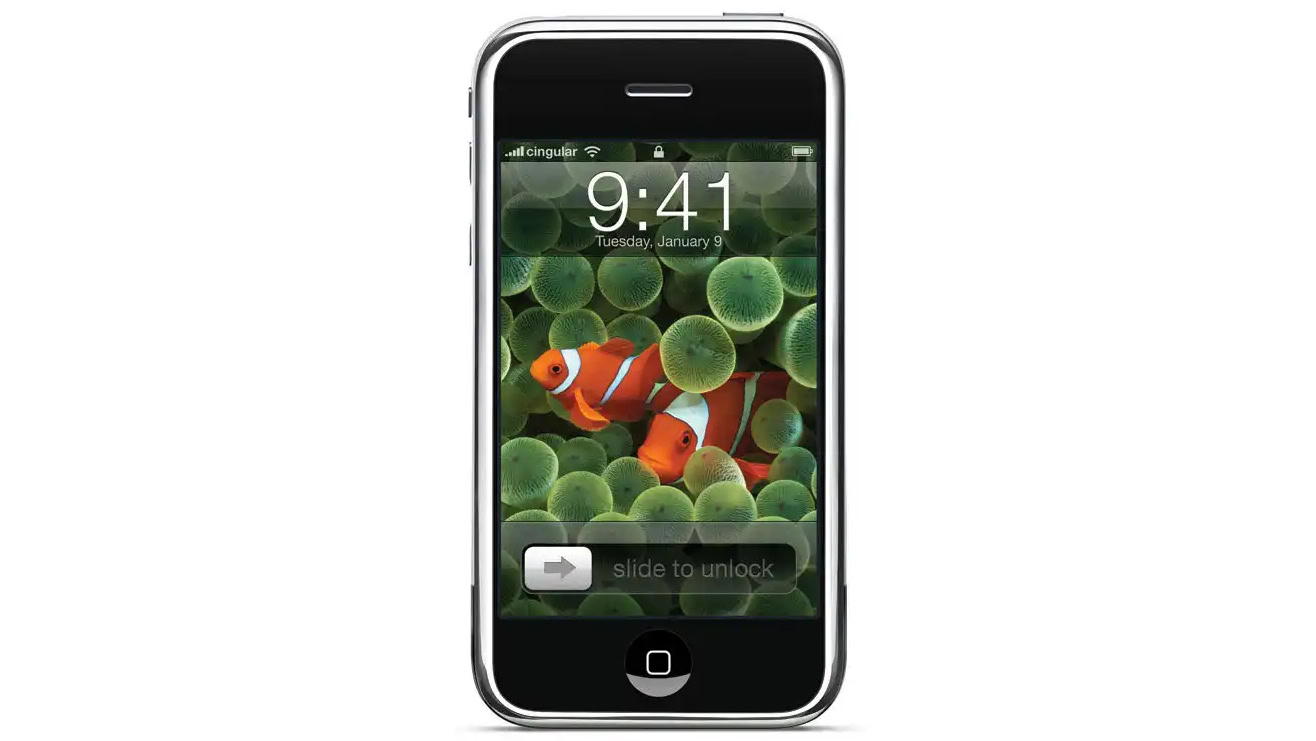
Apple didn’t exactly invent the idea of the smartphone, but they were the first to truly popularize the concept outside of certain business and “techie” niches. Previous smartphones were clunky, had complex user interfaces that were hard to operate, and pretty much all of them had physical keyboards, which sacrificed screen real estate. There was virtually nothing like the iPhone before it. The first iPhone was announced on January 9, 2007, and was extraordinary.
As Steve Jobs put it then, the iPhone was “an iPod, a phone, and an internet communicator.” It was the first to have such a high screen-to-body ratio, offering a 3.5-inch screen with a capacitive touchscreen. This made it possible to control every aspect of the device using your fingers, and it even provided multi-touch support.
The accelerometer and motion sensor made it easy to have the screen orientation change when the phone was turned sideways. This made the first iPhone a fantastic content consumption device. You could enjoy videos and other content on a wide screen.
The UI was simple, showing a list of icons for each app, and third-party developers could make apps for all iPhone users. The interface was so good that even today’s iPhones largely use the same UI, just with obvious aesthetic and feature improvements over the years.
The iPhone was here to stay, and we can confidently say it shaped the future of smartphone technology and set a standard for other manufacturers to work upon.
Apple had to work out a few kinks, though. Steve Jobs was obsessed with keeping the experience clean and simple. He didn’t entirely trust developers yet, so the first iPhone came with no app store. You could only use the apps Apple offered. The Apple App Store was introduced later, in 2008, with the iPhone 3G. The newer device was otherwise very similar. The other main improvement was the addition of 3G data speeds. There were also slight design changes, including thinner bezels.
The iPhone 3GS later refined the experience in 2009 by adding more power to the device. The internals were beefed up with a better processor, more RAM, a better 3.15MP camera, and the addition of a white color variant.
iPhone 4 — iPhone 4S: Refining the design, the introduction of Siri, and Retina Displays
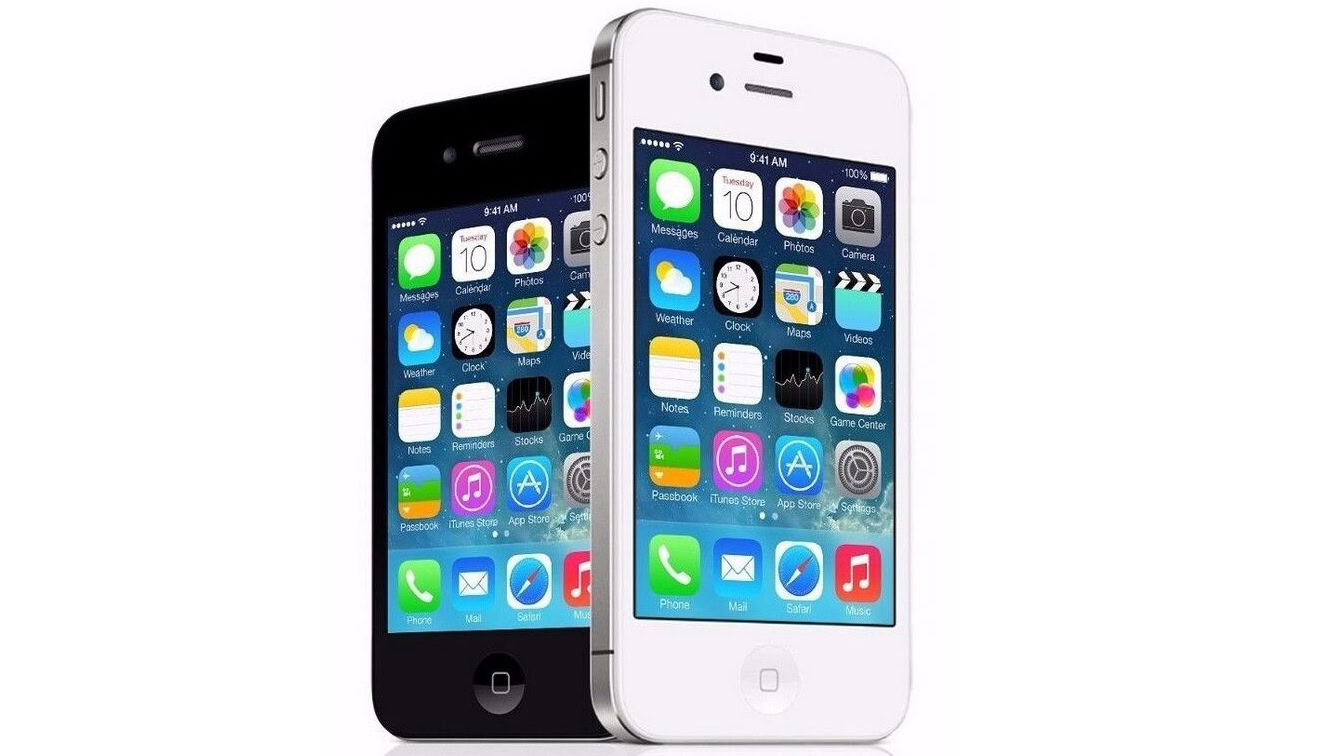
The 2010 iPhone 4 got the first significant design change. The sides, back, and front were flattened, and the back was made of glass, offering a more modern and streamlined look. Specs were also significantly better. A 1.0GHz Cortex-A8 processor powered the device, and RAM was again doubled to 512MB. The camera sensor got a boost to 5MP, and users could record at 720p! Not only that, but this was the first iPhone to come with a front-facing camera (VGA).
Additionally, this was the first phone with a Retina Display. This quadrupled the pixels in the iPhone 3GS screen, bringing the definition to 640 x 960. Apple claimed your eyes could no longer notice pixels at this 330ppi pixel density. Apple stuck with around the same pixel density until the iPhone X, long after Android phones had moved on to bigger and higher resolution displays.
These were all significant improvements, but something else was brewing at Apple’s HQ. The iPhone 4S showed up in 2011 and, among performance improvements, introduced Siri. Apple’s digital assistant was released years before Alexa in 2014, and far earlier than Google Assistant in 2016. It was a game-changer at the time, but it really wasn’t as refined as current digital assistants. You had to be very specific about your requests and there weren’t nearly as many commands as you can access today. Siri could work with your calendar, texts, calls, weather, reminders, and a few other apps. The most human thing it could do was probably tell jokes. These days, you can almost have a conversation with digital assistants, still it was a good start.
Interestingly, this phone series also sparked the legal battle between Apple and Samsung. Apple won, and everything stopped in 2018.
iPhone 5 — iPhone 5S: Larger screen, Lightning port, and Touch ID
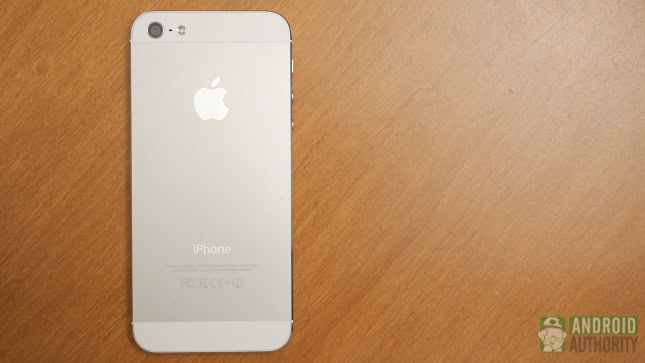
The iPhone 5 series came with some more significant changes in 2012. The device’s looks were pretty different, as it now came with an aluminum back. The new iPhone series had more than fresh looks going for it, though.
The phone’s shape was taller because the phone now came with a larger 4-inch display that only grew vertically (640 x 1136). This was because Apple loved its devices’ width, which was great for one-handed use. The company wanted to keep the phone as wide as previous versions, but the market for larger-screen phones was all the rage. Everyone wanted a larger screen on an iPhone, and it finally came.
This was also the first phone to get rid of the old 30-pin connecter. The more clunky port was easier to damage and was a bit on the large side, at least compared to the standard back then, which was MicroUSB. Of course Apple still stuck to its own proprietary cable, using lightning cables.
The iPhone 5S was released a year later in 2013 and offered a game-changing feature. It was the first iPhone to come with Touch ID, a fingerprint reader located in the home button.
Interestingly enough, during this era, we saw the first “affordable” iPhone come to market. It wasn’t much cheaper and only cost $100 less than the iPhone 5, but the iPhone 5C offered a fun alternative to the more expensive premium handsets, and it was available in a bevy of fun colors. However, Apple had to cut some corners, so the phone had a more basic plastic design.
The competition: The history of the Android operating system
iPhone 6 series — iPhone 7 series: Plus models, large screens, Apple Pay, IP rating, multiple cameras, goodbye headphone jack
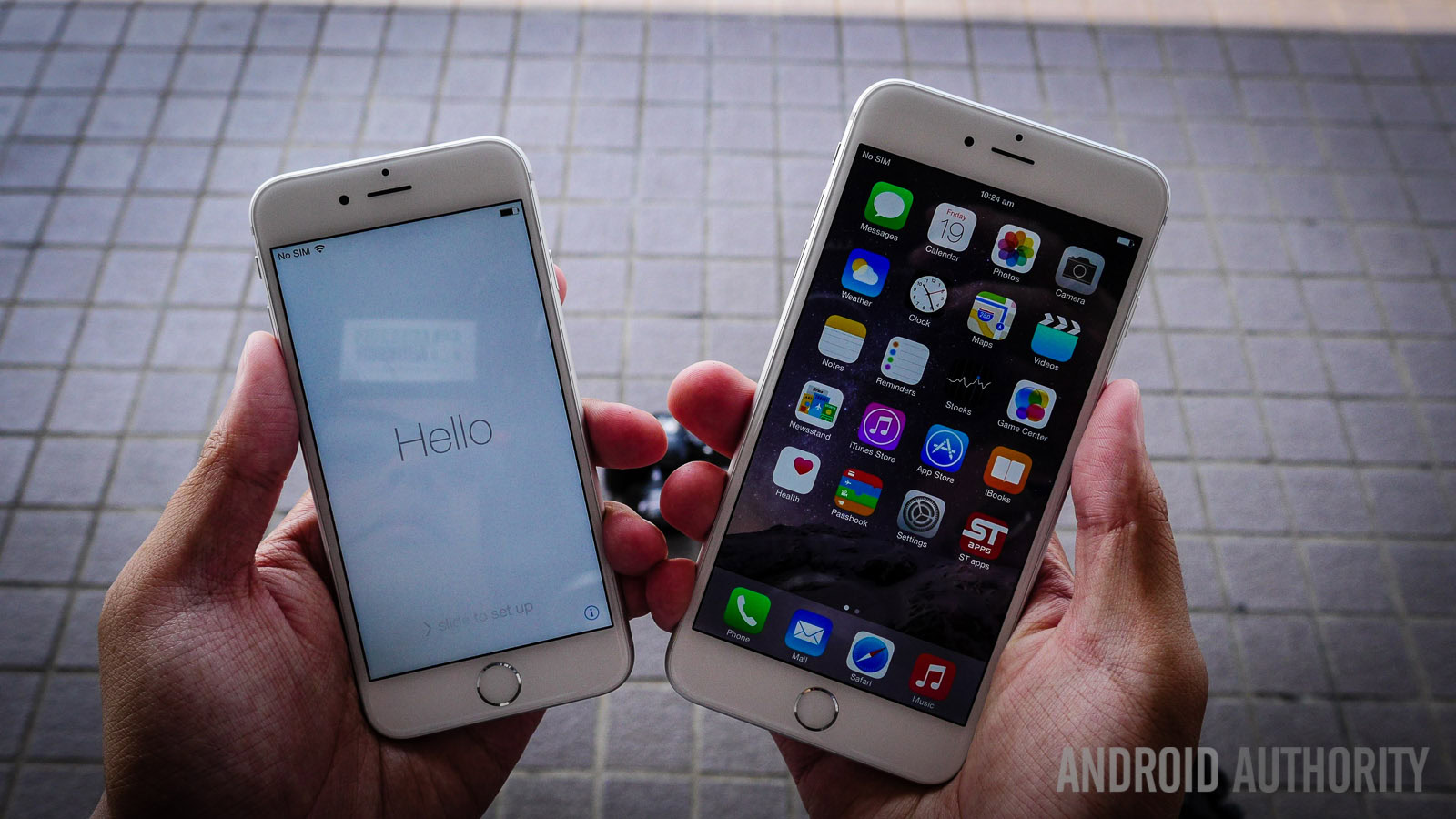
Remember the whole thing about keeping iPhones small and easy to handle? That philosophy went out the window with the iPhone 6 series. This time Apple released two devices: the iPhone 6 and iPhone 6 Plus. The base version came with a 4.7-inch display, while the Plus model had a whopping 5.5-inch screen (huge at the time). iPhones finally offered large screens like you’d find on Android, which people loved (and still do).
The design was changed to a less flat one. Of course not everything was perfect. Do you remember “bend gate”? iPhone 6 devices were bending left and right, quickly becoming a marketing disaster. But hey, at least we got Apple Pay! Mobile payments were well on their way since 2011, when Google first introduced Google Wallet. This means Apple was a bit late to the party, but they sure knew how to make an entrance. The company had support for cards within the most popular networks: American Express, MasterCard, and Visa. Apple Pay also launched with support for over 220,000 merchants across the USA. We can say Apple proliferated the use of contactless payments. These were more of a cool trick or conversation starter when we used Google Wallet.
The 2015 iPhone 6S series was more of an incremental upgrade with slight hardware improvements. Similarly, the iPhone 7 series didn’t bring any noticeable changes in 2016, but it was the first iPhone to get an official IP rating. More specifically, the iPhone 7 series featured an IP67 rating.
Camera enthusiasts were thrilled to learn the iPhone 7 Plus was the first iPhone to get more than one rear camera. It had two 12MP sensors, one with a wide lens and another with a telephoto lens.
On the other hand, audiophiles remember the iPhone 7 series devices as the first to dump the headphone jack. Dongles have been your only solution for wired listening since then.
iPhone SE — Apple’s first true budget phone
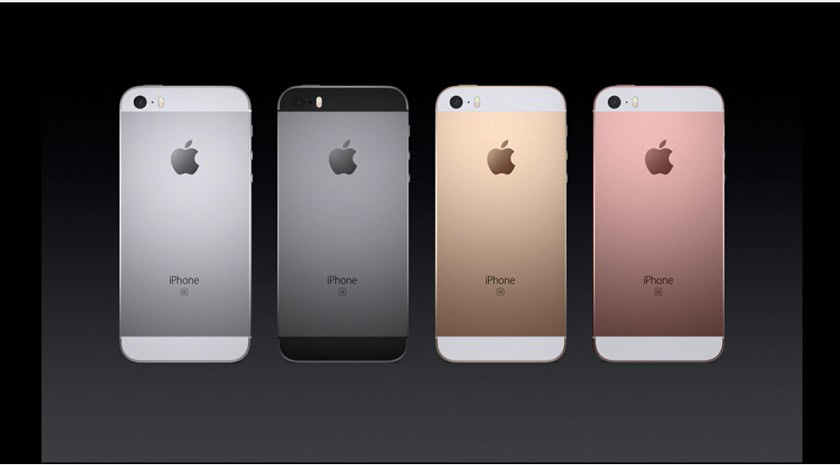
Apple never really made affordable phones. The iPhone 5C was a bit cheaper, but nothing game-changing. Things changed with the first iPhone SE (2016), which came with an impressive $249 MSRP. The design was reverted back to something more similar to the older iPhone 5 than more modern iPhones. The screen also shrunk down to just 4 inches. The good news was that specs were still nearly as good as higher-end iPhones. It had the same Apple A9 processor found in the iPhone 6S series, 2GB of RAM, and a 12MP camera. This was the beginning of a new trend, and iPhones were no longer only for the premium market.
Read more: The best cheap phones you can buy today
iPhone 8 series — Wireless charging enters the game
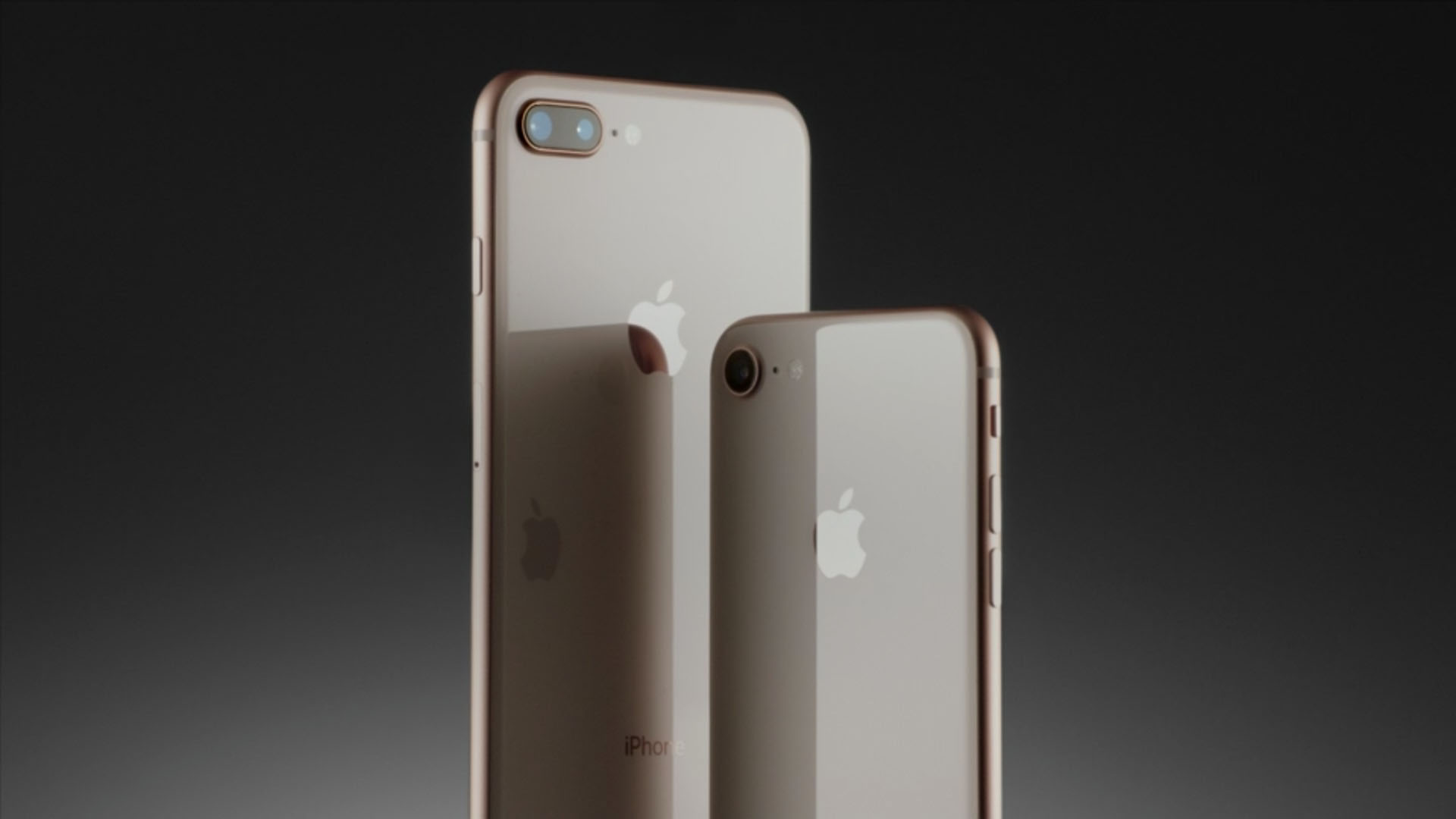
The 2017 iPhone 8 and 8 Plus were the first iPhones with wireless charging. Again, Apple was a bit late to the party, as we started seeing Qi wireless charging in smartphones as soon as 2012. The Nokia Lumia 920 was the first widely available smartphone to feature it. The Samsung Galaxy S3 could also take advantage of wireless charging with an added accessory.
Design-wise, the phones returned to the glass backs we saw in previous iPhones. Another significant upgrade was the addition of True Tone technology, a method that utilized sensors to measure ambient light and adjust the screen to its surroundings.
While a bit underwhelming, the iPhone 8 series was the proliferation of the old iPhone. A new era was about to begin, and the changes started the same year.
iPhone X, XR, and XS — All-screen front, Face ID, IP68
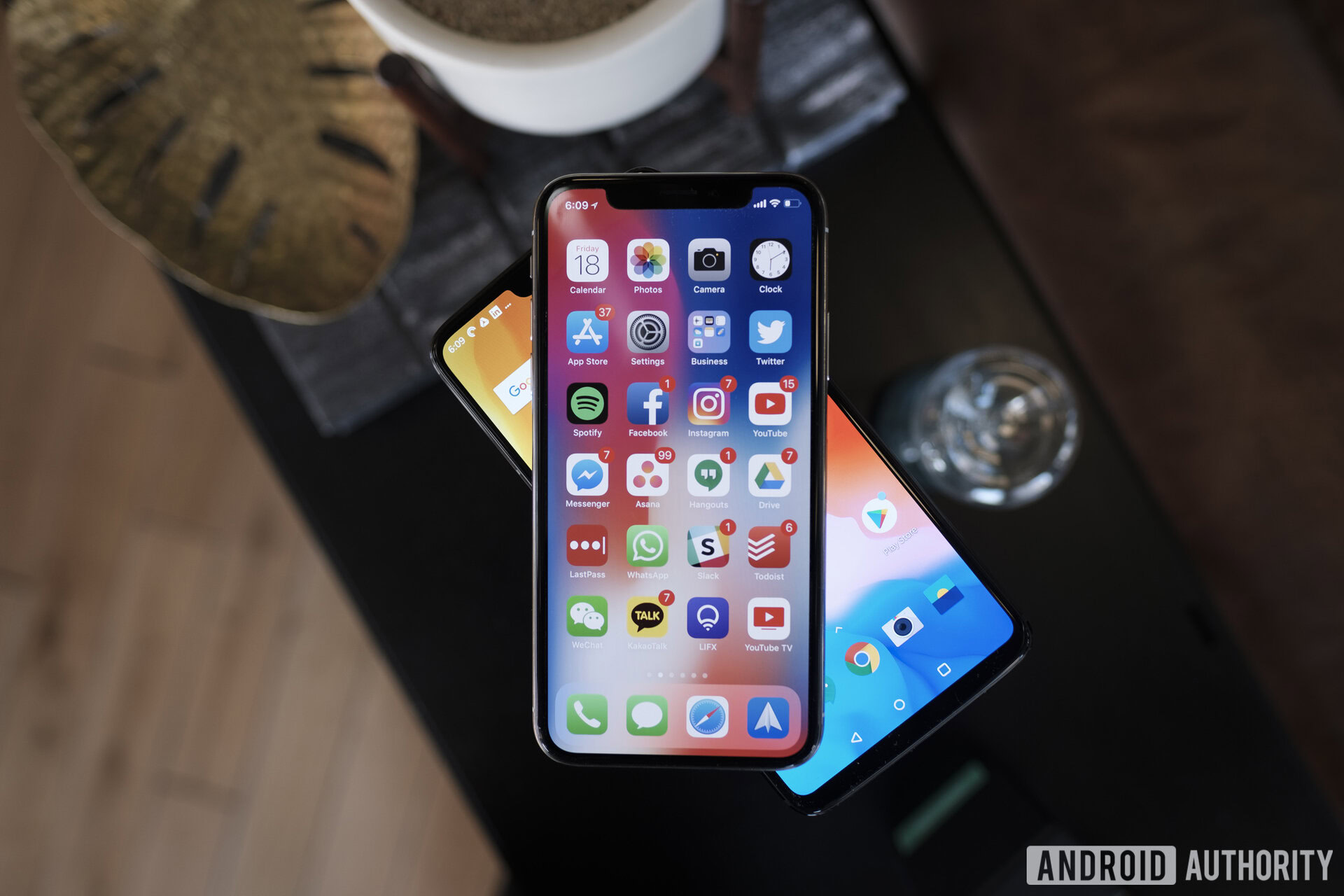
Apple released an extra phone along with the iPhone 8 series. The iPhone X was a celebration of the iPhone line-up’s tenth anniversary, and it brought forth some major advancements that were impressive at the time. For starters, you’ll notice there was no longer a home button, and the front was nearly all screen. The large top and bottom bezels were gone, and Apple finally entered the all-screen front game. The dreaded bezel was (and still is) there, but at least they were moving forward.
It’s also unique because it’s the first phone to use Face ID as a biometric method. Sadly, this was a replacement not just a nice extra. Because there is no longer a button/fingerprint reader, Touch ID was gone (and still is on most modern iPhones). Additionally, the 5.8-inch screen was improved with an OLED panel and a 1,125 x 2,436 resolution.
Other aspects of the phone stayed very similar to the previous iPhones. The glass back and the rounded metal edges were still around.
Apple later (in 2018) released the iPhone XR, a more affordable version of the iPhone X. It switched the frame material to aluminum (as opposed to stainless steel), removed the OLED panel and replaced it with an LCD one, and left only a single camera in the back. The device was still plenty powerful, though. The processor was upgraded to an Apple A12 Bionic, it keeps the same 3GB of RAM, and the display is larger at 6.1 inches.
The better iPhone XS series came out in 2018. Aside from a larger 6.5-inch display in the Max version, and more RAM, it was the first phone to feature an IP68 rating, which is still the standard for the best ingress protection available on smartphones.
iPhone 11 series — iPhone 13 series: Today’s iPhones
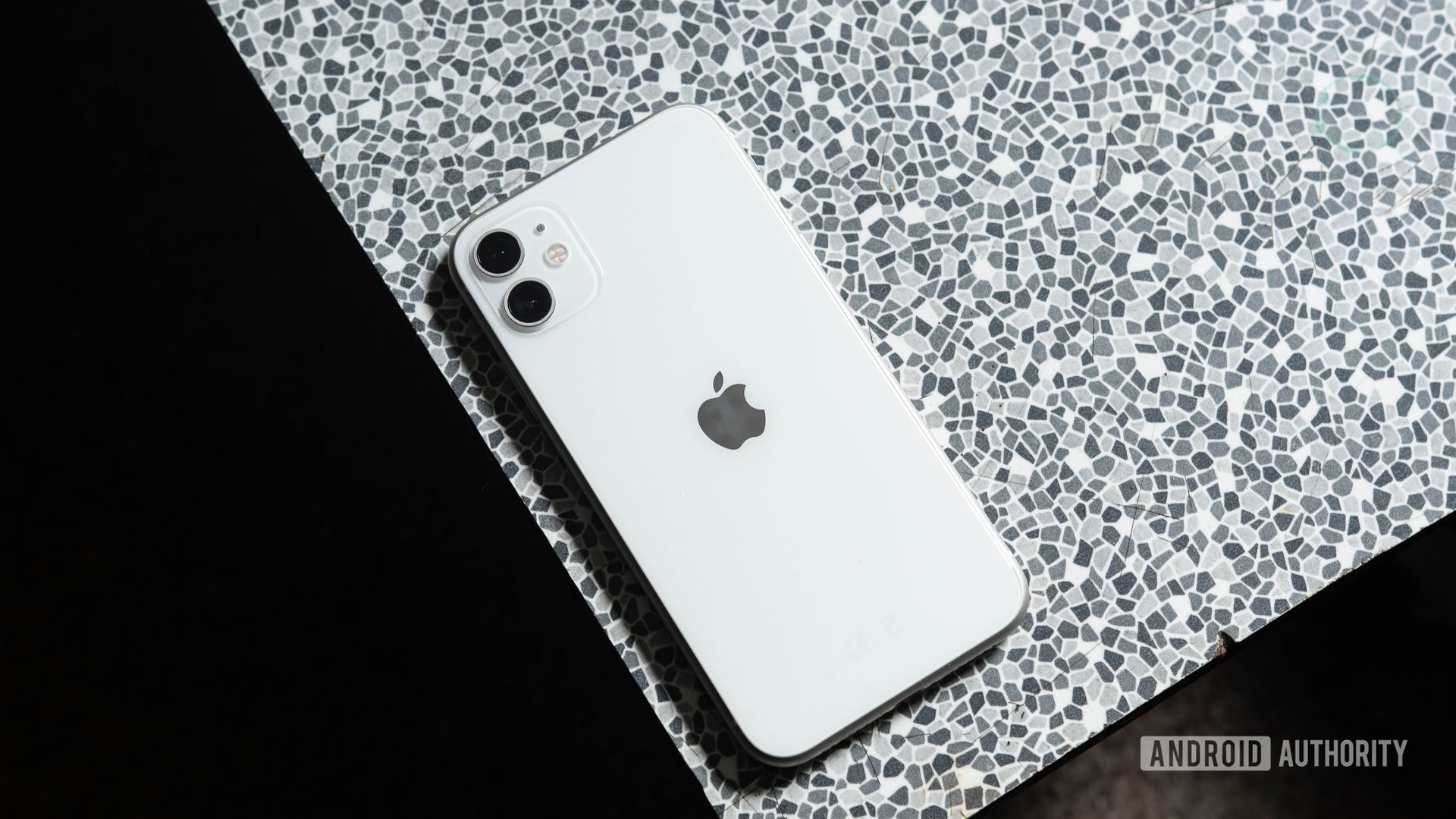
Apple has backpedaled before, and it turns out it likes the older designs better. The iPhone 11 takes its looks back to something more similar to the iPhone 5, with flat sides and squared-off edges. The main difference is that the iPhone 11 also keeps the mostly all-screen front we saw on the iPhone X devices. Interestingly, Apple has kept this design language for the iPhone 12 and 13 series. All these iPhones look nearly identical, with minor design changes across the board.
The iPhone 11 line-up was also the first to offer three devices: iPhone 11, iPhone 11 Pro, and iPhone 11 Pro Max. The Pro versions were also the first to have a triple-camera system.
The iPhone 12 series was the first to introduce a Mini version, which was a relief for small phone fans. All other high-end phones were enormous. These were also the first iPhones to get 5G data speeds, which was a welcomed improvement.
As for the iPhone 13 series, all phones look almost identical to the iPhone 12 variants. Improvements were only incremental, showing better specs across the board. We expect things to get much more exciting with the upcoming iPhone 14 series.
iPhone SE — The second coming of the budget iPhone
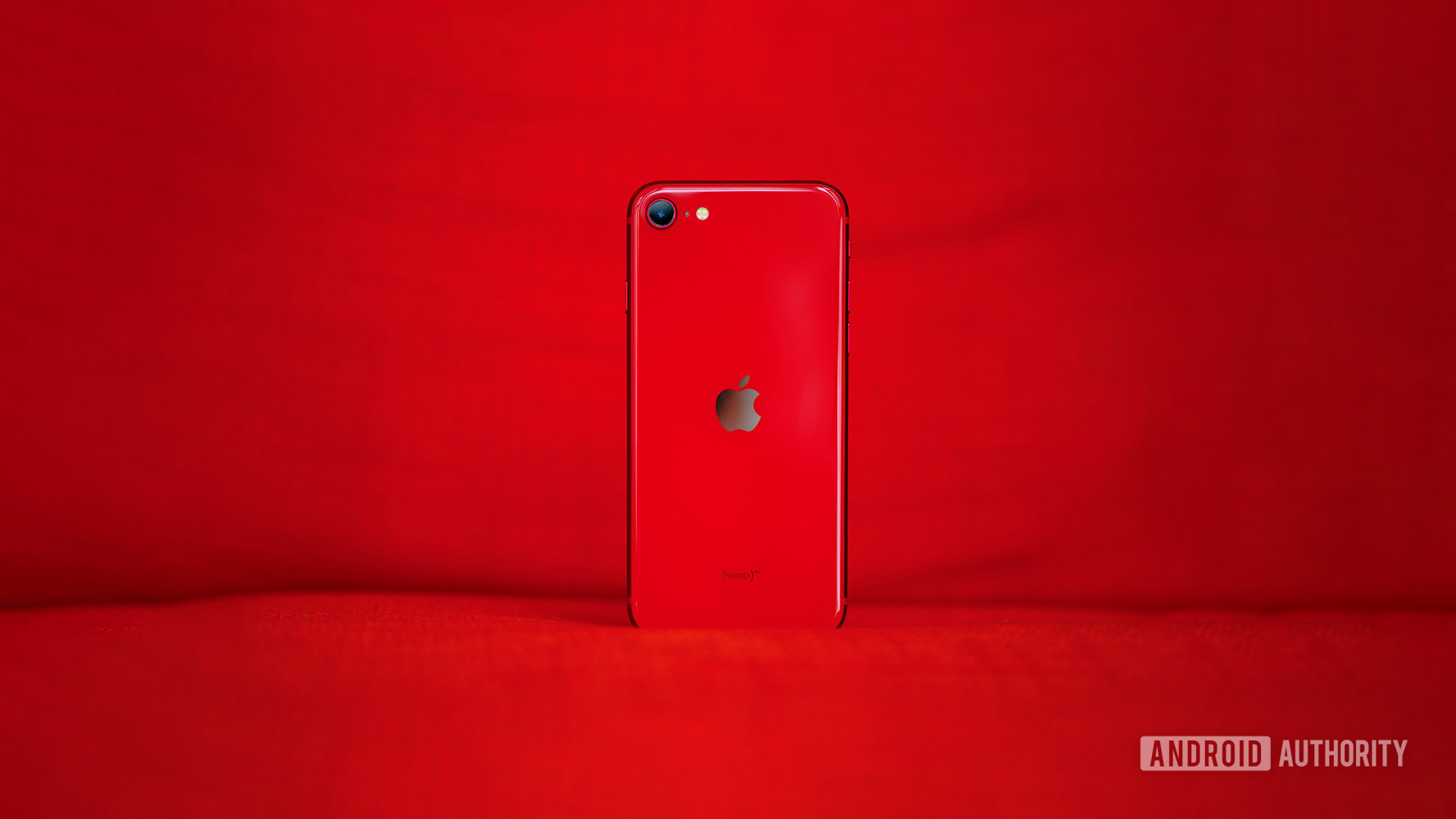
Amid a pandemic and global economic distress, 2020 was all about premium budget phones. At $399, the iPhone SE was a huge success, especially considering how much performance the little phone packed. It offered the same Apple A13 Bionic found on the iPhone 11 series, as well as 3GB of RAM.
It only had a single 12MP camera, but it was a pretty good one. Not to mention the phone offered wireless charging, had an IP67 rating, and had a 4.7-inch screen. People were itching for a smaller iPhone again (hey some people do like small phones!). The design was the same as the iPhone 8’s, which was good news to those who liked the home button and Touch ID.
iPhone SE — 2022
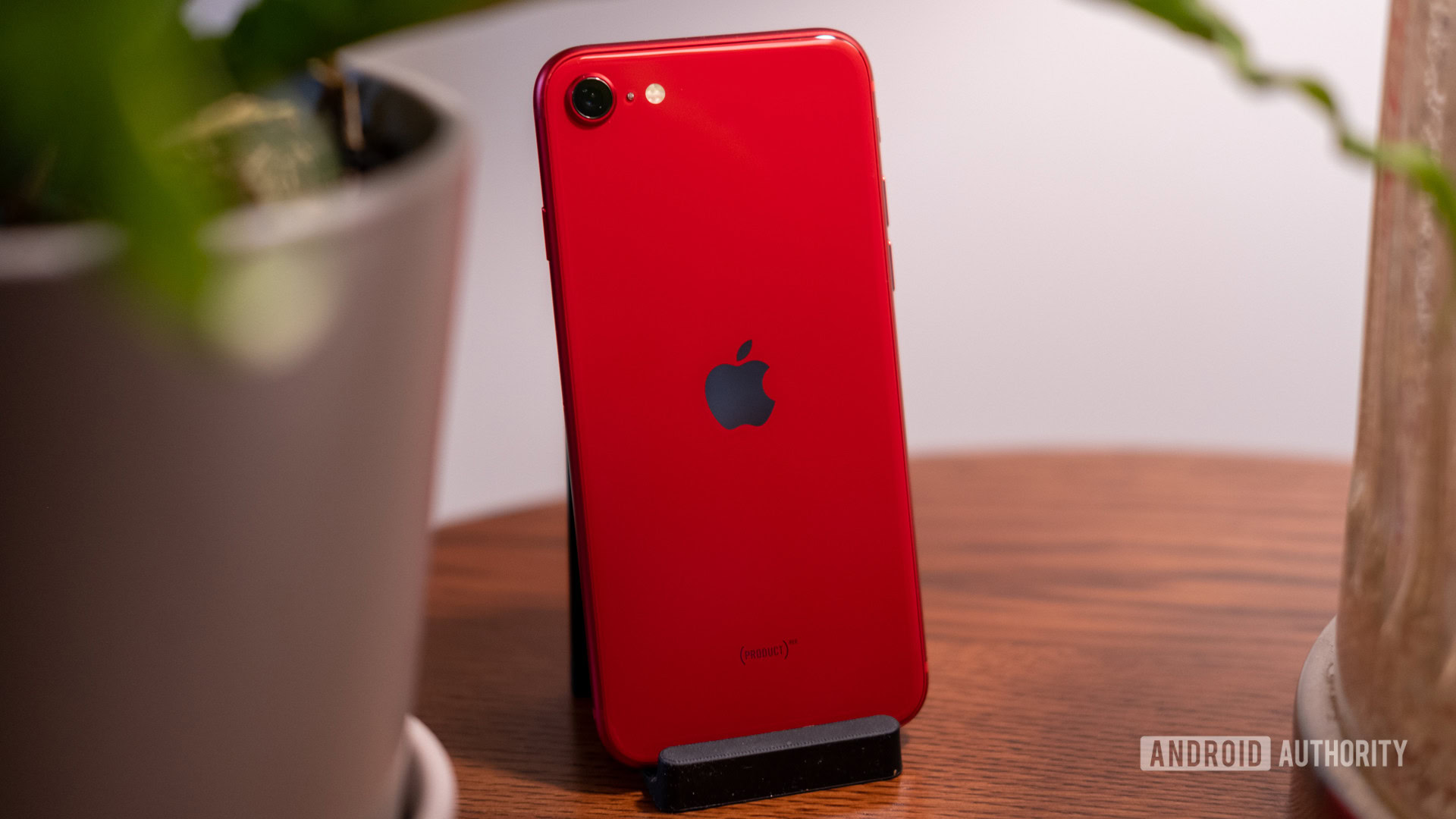
The iPhone SE is back to take on 2022, and though it looks the same as the 2020 version, some critical changes are in place. For starters, the specs are slightly better. This one has an Apple A15 Bionic, 4GB of RAM, and a slightly larger 2,018mAh battery. The most significant change is the addition of 5G support. And because this is an iPhone SE, the price is still very accessible. We’re still sticking to the iPhone 8 look.
What’s next?
Apple is pretty good at hiding most information it’s not ready to announce, but we’re sure the iPhone 14 series is in the works. Rumors suggest the notch might finally disappear in favor of cut-outs. Sadly, rumors say there might not be an iPhone 14 Mini this time around. This could make the iPhone 13 Mini the last smaller premium iPhone around. Regardless, we might not have to wait much to learn more.